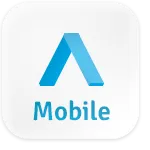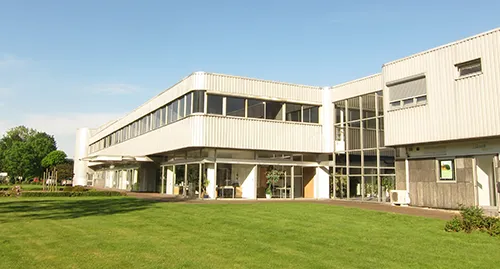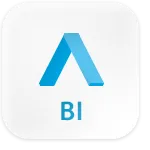
acadon_mobile
Keep Everything in Check with the MDE Solution acadon_mobile – Maintain an Overview of Your Processes 24/7, such as package transfers, production reconciliations, package inventories, goods receip...






Keep Everything in Check with the MDE Solution acadon_mobile – Maintain an Overview of Your Processes 24/7, such as package transfers, production reconciliations, package inventories, goods receip...
The dynamic dispatching of orders and inventory in the supply chain plays a central role. It ensures market-compliant delivery times, cost-optimized delivery capability, and prevents excessive or in...
With acadon_EDI.connect, you can electronically and automatically exchange business data with your business partners, such as item and order data, invoices, and other information. By electronically ...
With acadon Photo Documentation, the image documentation of deliveries is greatly simplified in every phase of the process, and photos are available where they belong – ideally, in the busines...

acadon_BI provides a clear view of your company’s data: It’s so simple and only takes a few minutes to generate live dashboards, reports, and analyses from your data, allowing you to ans...
Document management is a huge task for businesses and employees. Document filing organization often follows the motto “Every man for himself,” which means it’s often not done prope...
In our webinar ‘Optimizing Wooden Packaging Management with ERP Software,’ we’ll show you how our tailored ERP solution was specifically designed to address the challenges of the ...
In our webinar ‘Optimizing Wood Trade Operations: Unlocking the Power of our ERP,’ you’ll learn how our tailored ERP solution was specifically designed to meet the unique requirem...
In our webinar ‘Efficient Wood Production: Optimize Your Processes with Our ERP Software,’ you will learn how our tailored ERP solution was specifically designed to meet the unique requ...






